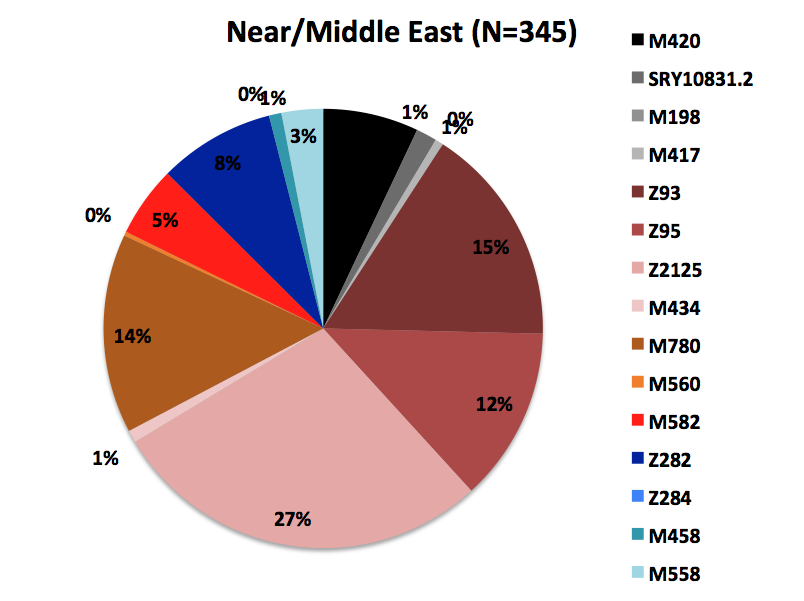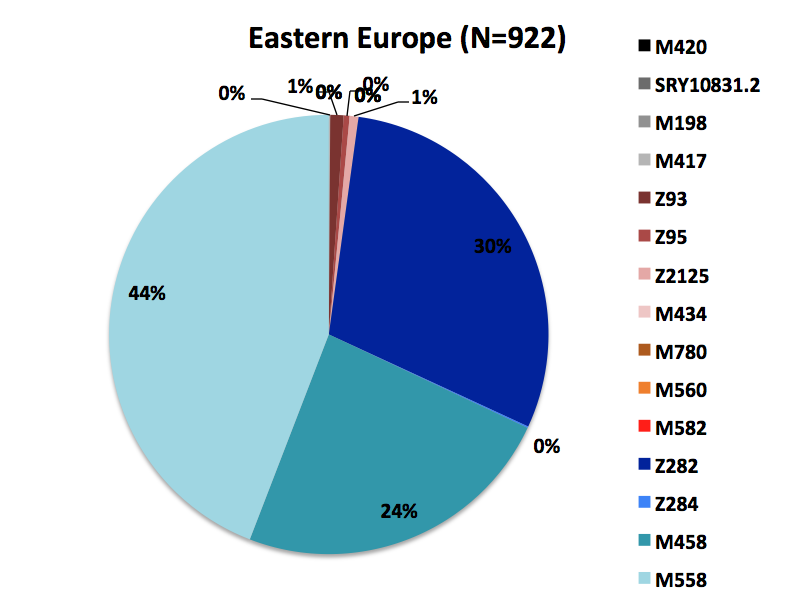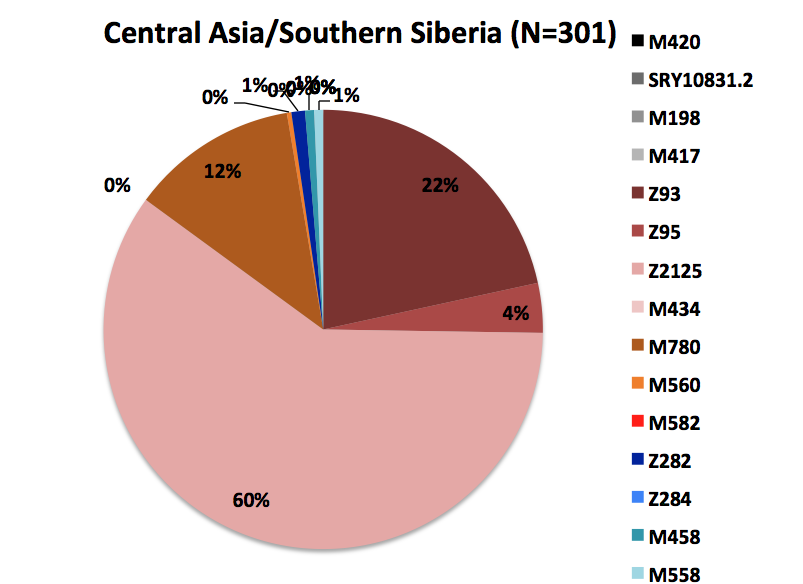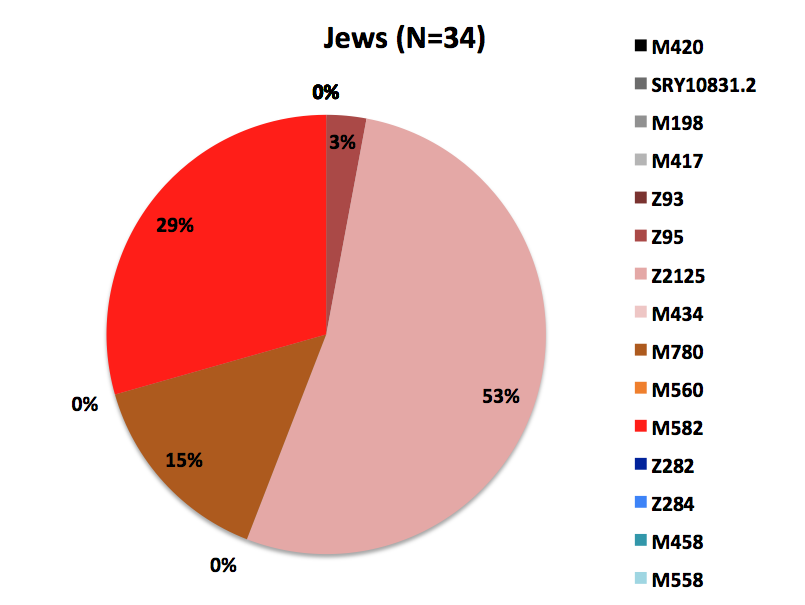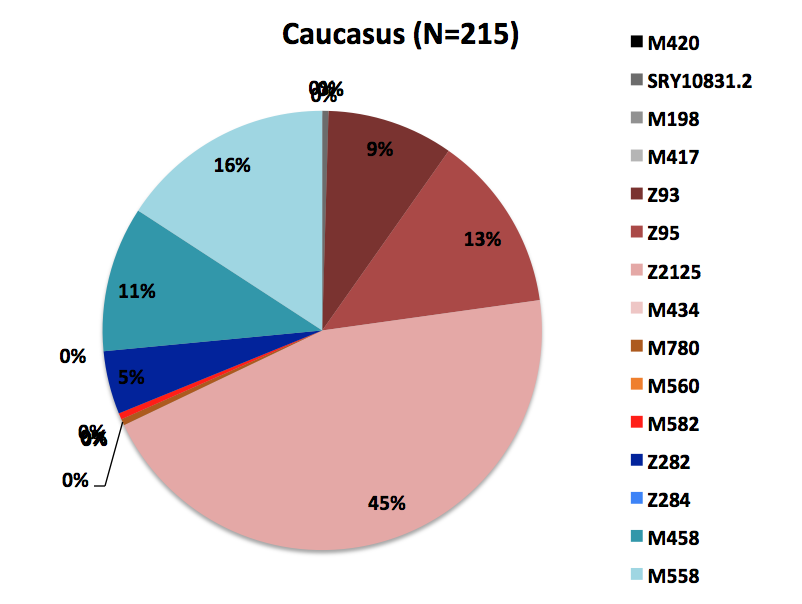MOESAN
Elite member
- Messages
- 5,880
- Reaction score
- 1,291
- Points
- 113
- Location
- Brittany
- Ethnic group
- more celtic
- Y-DNA haplogroup
- R1b - L21/S145*
- mtDNA haplogroup
- H3c
I add:
that said, Corded shew culturally affinities with the Battle-Axes people of South-Baltic and the 'boat-shaped Axes' ('haches naviformes') of Scandinavia were a proto-satem language could have been spoken before germanic: first I-E introgression into SW Finnland?
and before finnic language
that said, Corded shew culturally affinities with the Battle-Axes people of South-Baltic and the 'boat-shaped Axes' ('haches naviformes') of Scandinavia were a proto-satem language could have been spoken before germanic: first I-E introgression into SW Finnland?
and before finnic language


